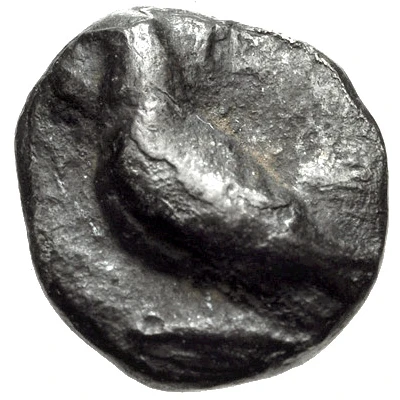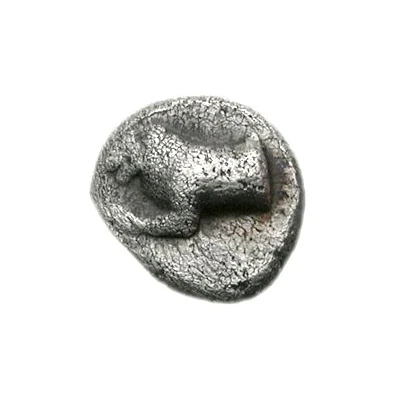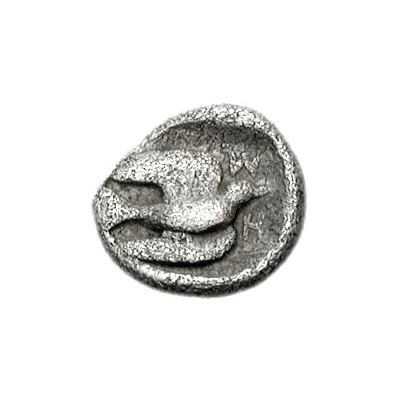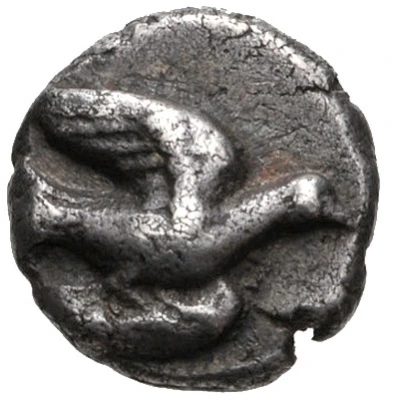
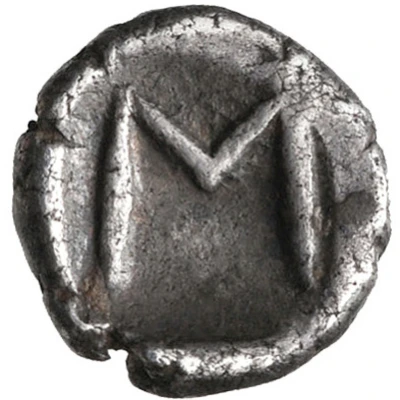

© Classical Numismatic Group, Inc.
Hemiobol 470 BC - 450 BC
| Silver | 0.39 g | 7.0 mm |
| Issuer | Sikyon (Sikyonia) |
|---|---|
| Type | Standard circulation coin |
| Years | 470 BC - 450 BC |
| Value | Hemiobol (1⁄12) |
| Currency | Drachm |
| Composition | Silver |
| Weight | 0.39 g |
| Diameter | 7.0 mm |
| Shape | Round (irregular) |
| Technique | Hammered, Incuse |
| Demonetized | Yes |
| Updated | 2024-10-10 |
| Numista | N#149536 |
|---|---|
| Rarity index | 100% |
Reverse
Large vertical san within incuse square
Script: Greek
Interesting fact
The Hemiobol coin from Sikyon was used as a form of currency in ancient Greece, specifically in the city-state of Sikyon. It was made of silver and weighed approximately 0.39 grams. Despite its small size, the coin held significant value and was widely used in trade and commerce. In fact, the Hemiobol was considered a standard unit of currency in ancient Greece and was used as a reference point for other coins. Its design featured an image of a mythical creature called a "sphinx," which was a symbol of wisdom and strength. The coin's minting process was also unique, as it was struck on a round flan (a metal disk used to create the coin's shape) rather than a square or rectangular one, which was more common at the time. Overall, the Hemiobol coin from Sikyon is an interesting piece of history that provides insight into the economic and cultural practices of ancient Greece.
